Home>Gardening & Outdoor>Landscaping Ideas>Which Animals Dig Holes In Lawns
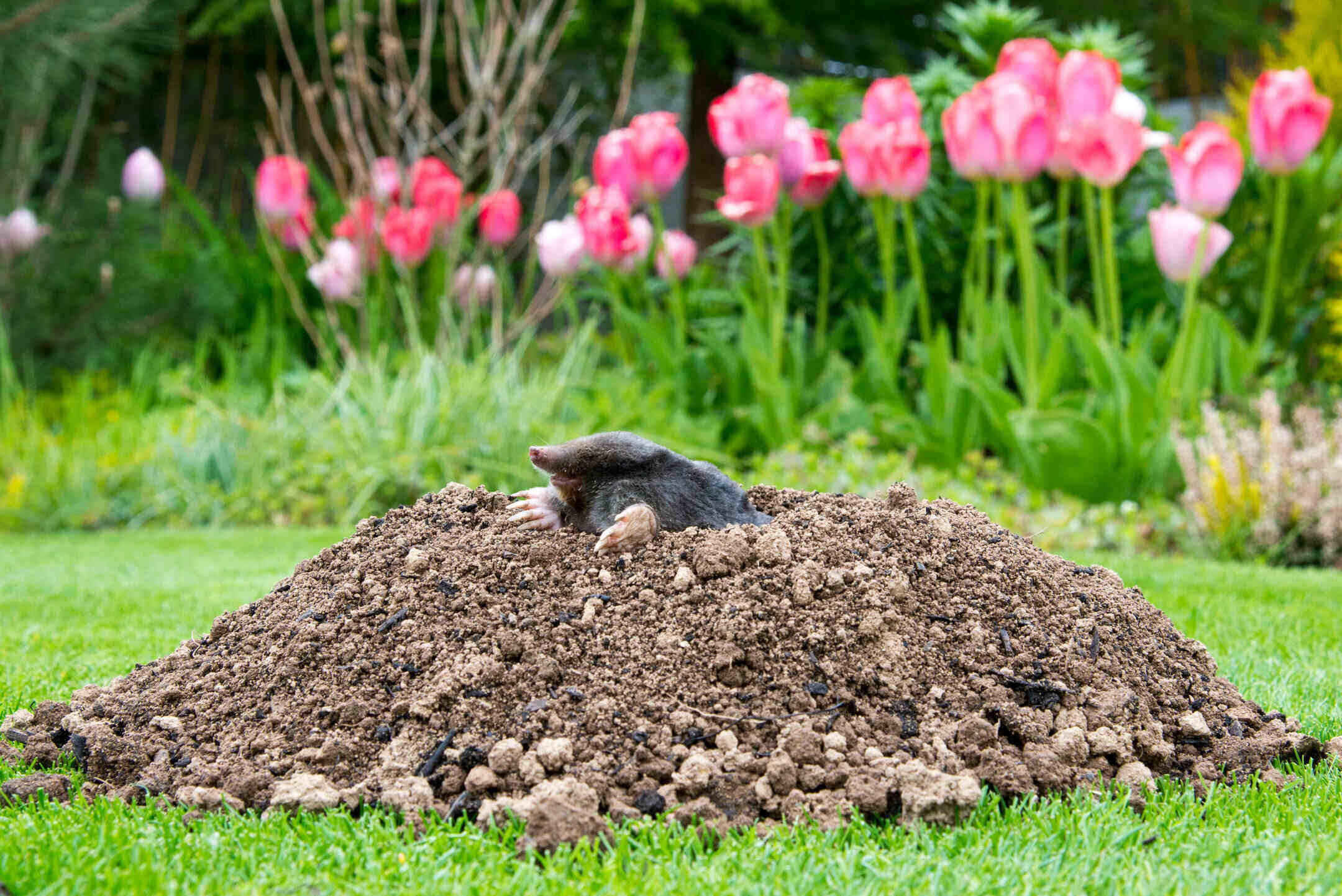

Landscaping Ideas
Which Animals Dig Holes In Lawns
Published: December 25, 2023
Discover effective landscaping ideas to prevent animals from digging holes in your lawn. Learn how to protect your yard and maintain a beautiful outdoor space.
(Many of the links in this article redirect to a specific reviewed product. Your purchase of these products through affiliate links helps to generate commission for Storables.com, at no extra cost. Learn more)
Introduction
When you picture a lush, green lawn, the last thing you want to see are unsightly holes scattered across its surface. Unfortunately, many homeowners are all too familiar with the frustration of discovering mysterious excavations in their carefully tended lawns. While it might initially seem like a perplexing mystery, the truth is that several animal species are known for their penchant for digging. Understanding which animals are responsible for these disruptions can help you take appropriate measures to protect your lawn and maintain its pristine appearance.
In this comprehensive guide, we will delve into the world of lawn-dwelling creatures that are notorious for their digging habits. From the elusive mole to the industrious gopher, each of these animals plays a role in shaping the landscape beneath our feet. By shedding light on their behaviors and characteristics, we can gain valuable insights into how to coexist with these creatures while safeguarding our lawns.
So, let's embark on a fascinating journey into the underground realm of these creatures and unravel the mystery of who exactly is responsible for those perplexing holes in your lawn.
Key Takeaways:
- Creatures like moles, gophers, and skunks are responsible for holes in lawns. They play a role in the ecosystem, but homeowners can use humane methods to protect their lawns.
- Understanding the behavior of digging animals can help homeowners protect their lawns while respecting their role in the environment. Using exclusion techniques and deterrents can help manage these creatures.
Read more: How To Dig A Hole For Fence Post
Moles
One of the most notorious culprits behind the enigmatic holes in lawns is the mole. Despite their small size and elusive nature, moles are remarkably adept at creating intricate networks of tunnels beneath the ground. These subterranean mammals are equipped with specialized physical traits that make them well-suited for a life spent tunneling through soil.
With their velvety fur, tiny eyes, and powerful forelimbs, moles are uniquely adapted to a life spent underground. Their cylindrical bodies and paddle-like feet enable them to effortlessly navigate through the soil as they search for earthworms, their primary source of sustenance. As they tunnel and forage, moles inadvertently create unsightly mounds and ridges on the surface of lawns, leaving a trail of destruction in their wake.
Despite the havoc they wreak on lawns, moles play a vital role in maintaining soil health. Their tunneling activities aerate the soil, promoting better water drainage and allowing oxygen to reach the roots of plants. Additionally, their voracious appetite for grubs and insects helps control pest populations, contributing to a healthier ecosystem beneath the surface.
To deter moles from wreaking havoc on your lawn, various strategies can be employed. From installing barriers beneath the soil to using sonic devices that emit vibrations, there are several humane methods to discourage moles from making themselves at home in your yard. By understanding the behavior and habits of moles, homeowners can take proactive steps to protect their lawns while respecting the important role these creatures play in the ecosystem.
Gophers
Another common perpetrator of lawn disturbances is the gopher, a burrowing rodent known for its industrious digging habits. With their keen sense of smell and powerful claws, gophers are adept at excavating extensive tunnel systems beneath lawns and gardens. While their subterranean activities may go unnoticed, the telltale mounds of soil they push to the surface serve as unmistakable indicators of their presence.
Gophers are herbivorous creatures, feeding on roots, tubers, and a variety of plant matter. As they tunnel through the soil in search of sustenance, they inadvertently disrupt the integrity of lawns, causing damage to the root systems of grass and ornamental plants. Left unchecked, gophers can wreak havoc on the visual appeal and structural integrity of a well-maintained lawn.
Controlling gopher populations and mitigating their impact on lawns often requires a multifaceted approach. From employing traps and barriers to utilizing natural repellents, homeowners have a range of options at their disposal. Additionally, maintaining a well-tended lawn with healthy, robust vegetation can deter gophers from taking up residence, as they prefer areas with ample food sources and undisturbed soil.
Despite the challenges they pose to lawn maintenance, gophers play a role in ecosystem dynamics. Their burrowing activities aerate the soil, facilitating better water penetration and promoting the growth of beneficial microorganisms. By understanding the behavior and habits of gophers, homeowners can implement effective strategies to protect their lawns while respecting the ecological niche these creatures occupy.
Ground Squirrels
Ground squirrels, with their endearing appearance and energetic demeanor, are a familiar sight in many outdoor environments. These charismatic rodents are known for their burrowing behavior, which can have a significant impact on the appearance and integrity of lawns. Ground squirrels are adept diggers, creating extensive underground networks that serve as shelter and nesting sites.
While their presence can add a touch of wildlife charm to outdoor spaces, ground squirrels can also pose challenges for homeowners striving to maintain pristine lawns. Their burrowing activities can lead to the formation of unsightly holes and tunnels, disrupting the smooth expanse of grass and soil. Additionally, their penchant for foraging on vegetation can result in damage to ornamental plants and garden crops.
When it comes to managing ground squirrel populations and mitigating their impact on lawns, homeowners have several options at their disposal. From employing exclusion techniques to utilizing deterrents and traps, there are various strategies that can help minimize the disruptions caused by ground squirrels. Additionally, creating an environment that is less conducive to ground squirrel habitation, such as reducing access to food sources and implementing landscaping modifications, can contribute to effective population management.
Despite the challenges they pose to lawn maintenance, ground squirrels play a role in the ecosystem as seed dispersers and contributors to soil turnover. Their activities can promote the distribution of plant seeds and the recycling of nutrients, influencing the composition and diversity of plant communities. By understanding the behavior and habits of ground squirrels, homeowners can strike a balance between preserving the integrity of their lawns and appreciating the ecological role these charismatic rodents play in the outdoor environment.
One tip for identifying which animals dig holes in lawns is to look for the size and shape of the hole. For example, small, shallow holes are often made by squirrels, while larger, deeper holes are more likely to be made by skunks or raccoons.
Skunks
Skunks, with their distinctive black and white fur and potent defensive spray, are known for their presence in diverse habitats, including suburban and urban areas. While their reputation for emitting a pungent odor precedes them, skunks are also skilled diggers, capable of creating disruptions in lawns and gardens with their burrowing behavior.
Skunks are opportunistic omnivores, feeding on a varied diet that includes insects, grubs, small rodents, and plant matter. Their foraging activities often lead them to dig up patches of grass in search of food, resulting in unsightly holes and disturbances in lawns. Additionally, skunks may excavate shallow, conical holes in pursuit of insect larvae and other subterranean delicacies, further impacting the visual appeal of outdoor spaces.
Managing skunk activity and mitigating their impact on lawns often involves implementing measures to deter their foraging and burrowing behavior. From securing garbage bins to removing potential food sources and implementing fencing, homeowners can take proactive steps to reduce the attractiveness of their properties to skunks. Additionally, creating an environment that is less conducive to skunk habitation, such as minimizing hiding spots and implementing landscaping modifications, can contribute to effective population management.
Despite the challenges they pose to lawn maintenance, skunks play a role in ecosystem dynamics as consumers of pest species and contributors to nutrient cycling. By preying on insects and small rodents, skunks can help control pest populations, contributing to a healthier balance in the outdoor environment. By understanding the behavior and habits of skunks, homeowners can implement effective strategies to protect their lawns while respecting the ecological niche these distinctive creatures occupy.
Read more: Which Animals Understand Mirrors
Armadillos
Armadillos, with their unique armored appearance and distinctive digging prowess, are a fixture in many outdoor environments. These fascinating creatures are equipped with strong claws and a voracious appetite for insects, making them adept diggers and foragers. While their presence adds a touch of wildlife intrigue to outdoor spaces, armadillos can also pose challenges for homeowners striving to maintain pristine lawns.
Armadillos are known for their habit of rooting through soil in search of insects, grubs, and other invertebrates. Their digging activities can result in the formation of shallow holes and disruptions in lawns, impacting the visual appeal and structural integrity of outdoor spaces. Additionally, armadillos’ foraging behavior can lead to damage to plant roots and underground irrigation systems, further complicating lawn maintenance efforts.
When it comes to managing armadillo activity and mitigating their impact on lawns, homeowners have several options at their disposal. From implementing exclusion techniques to utilizing deterrents and traps, there are various strategies that can help minimize the disruptions caused by armadillos. Additionally, creating an environment that is less conducive to armadillo habitation, such as minimizing access to food sources and implementing landscaping modifications, can contribute to effective population management.
Despite the challenges they pose to lawn maintenance, armadillos play a role in ecosystem dynamics as consumers of insects and contributors to soil turnover. By preying on pests and aerating the soil through their digging activities, armadillos can contribute to the overall health of the outdoor environment. By understanding the behavior and habits of armadillos, homeowners can strike a balance between preserving the integrity of their lawns and appreciating the ecological role these armored diggers play in the outdoor environment.
Voles
Voles, also known as meadow mice, are small rodents that are often associated with grassy and wooded areas. Despite their diminutive size, voles are prolific diggers, creating a network of shallow runways and burrows beneath the surface. While their subterranean activities may go unnoticed, the telltale signs of their presence often manifest as surface runways and gnawed vegetation.
Voles are herbivorous creatures, feeding on a variety of plant matter, including grasses, roots, bulbs, and seeds. Their foraging activities can lead to damage to lawns and gardens, as they gnaw on the roots of grass and ornamental plants. Additionally, their tunneling behavior can result in disruptions to the soil structure, impacting the aesthetic appeal and integrity of outdoor spaces.
Managing vole populations and mitigating their impact on lawns often involves implementing measures to deter their foraging and burrowing behavior. From utilizing exclusion techniques to employing natural predators and repellents, homeowners can take proactive steps to reduce the disruptions caused by voles. Additionally, creating an environment that is less conducive to vole habitation, such as minimizing ground cover and implementing landscaping modifications, can contribute to effective population management.
Despite the challenges they pose to lawn maintenance, voles play a role in ecosystem dynamics as seed dispersers and contributors to soil turnover. By dispersing seeds and promoting the decomposition of organic matter through their tunneling activities, voles contribute to the diversity and resilience of plant communities. By understanding the behavior and habits of voles, homeowners can implement effective strategies to protect their lawns while respecting the ecological niche these industrious rodents occupy.
Conclusion
As we’ve embarked on this exploration of the creatures that dig holes in lawns, we’ve gained valuable insights into the diverse array of animals that contribute to the subterranean ecosystem. From the industrious mole to the charming ground squirrel, each of these creatures plays a unique role in shaping the environment beneath our feet. While their digging activities may pose challenges for homeowners striving to maintain pristine lawns, it’s important to recognize the ecological significance of these creatures and the role they play in ecosystem dynamics.
By understanding the behavior and habits of these digging animals, homeowners can implement effective strategies to protect their lawns while respecting the ecological niche these creatures occupy. From employing exclusion techniques to utilizing natural deterrents, there are various humane methods to discourage these animals from making themselves at home in your yard. Additionally, creating an environment that is less conducive to their habitation, such as minimizing access to food sources and implementing landscaping modifications, can contribute to effective population management.
It’s crucial to strike a balance between preserving the integrity of lawns and appreciating the ecological role these creatures play in the outdoor environment. While their digging activities may result in disruptions to the visual appeal and structural integrity of outdoor spaces, these creatures also contribute to soil health, pest control, and ecosystem resilience. By fostering a deeper understanding of these creatures and their impact, homeowners can coexist with them while safeguarding the beauty and functionality of their lawns.
So, the next time you encounter a mysterious hole in your lawn, take a moment to consider the fascinating creatures that may be responsible. By embracing a holistic approach to lawn care and wildlife management, we can create outdoor spaces that are not only visually stunning but also ecologically vibrant and sustainable.
Frequently Asked Questions about Which Animals Dig Holes In Lawns
Was this page helpful?
At Storables.com, we guarantee accurate and reliable information. Our content, validated by Expert Board Contributors, is crafted following stringent Editorial Policies. We're committed to providing you with well-researched, expert-backed insights for all your informational needs.
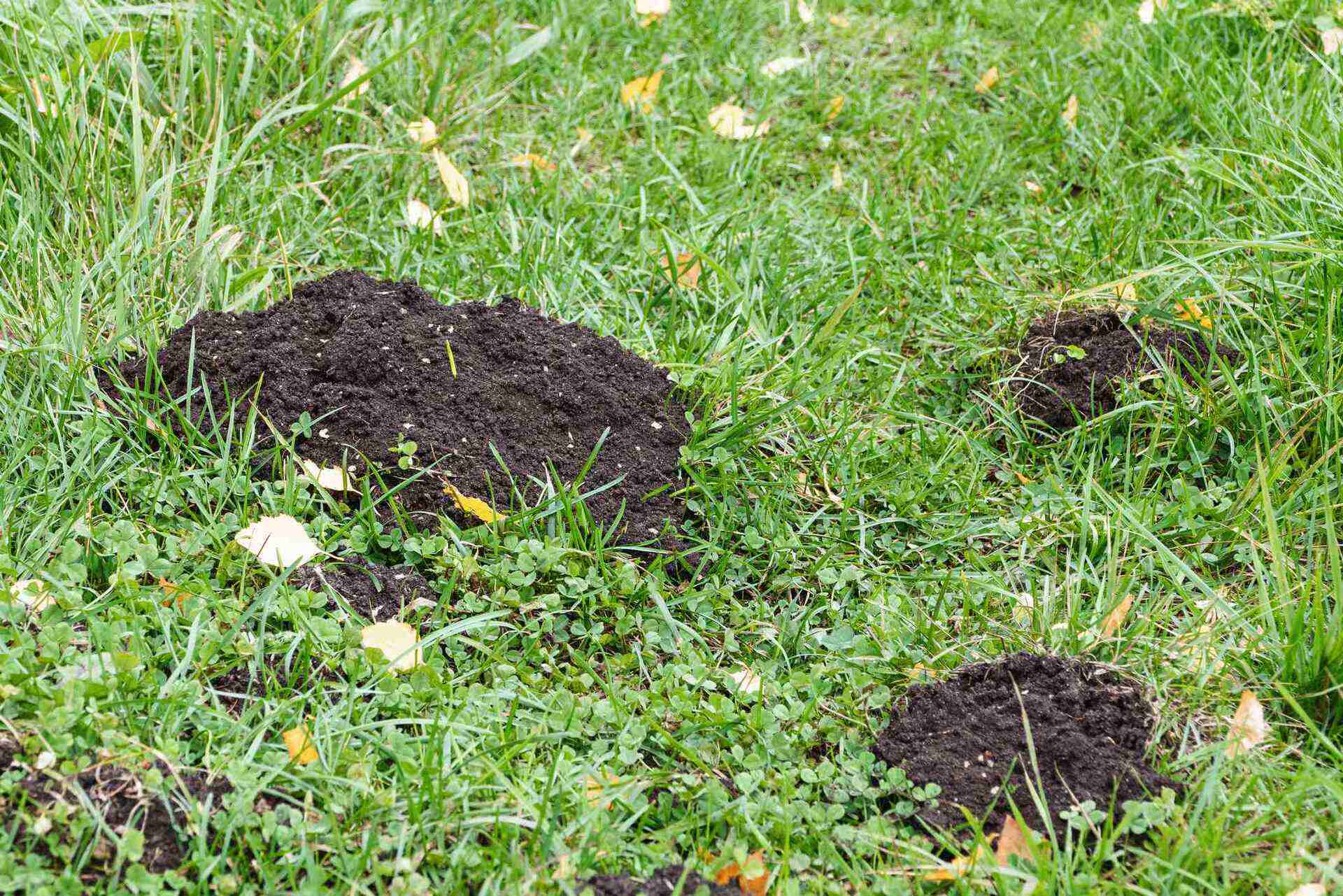
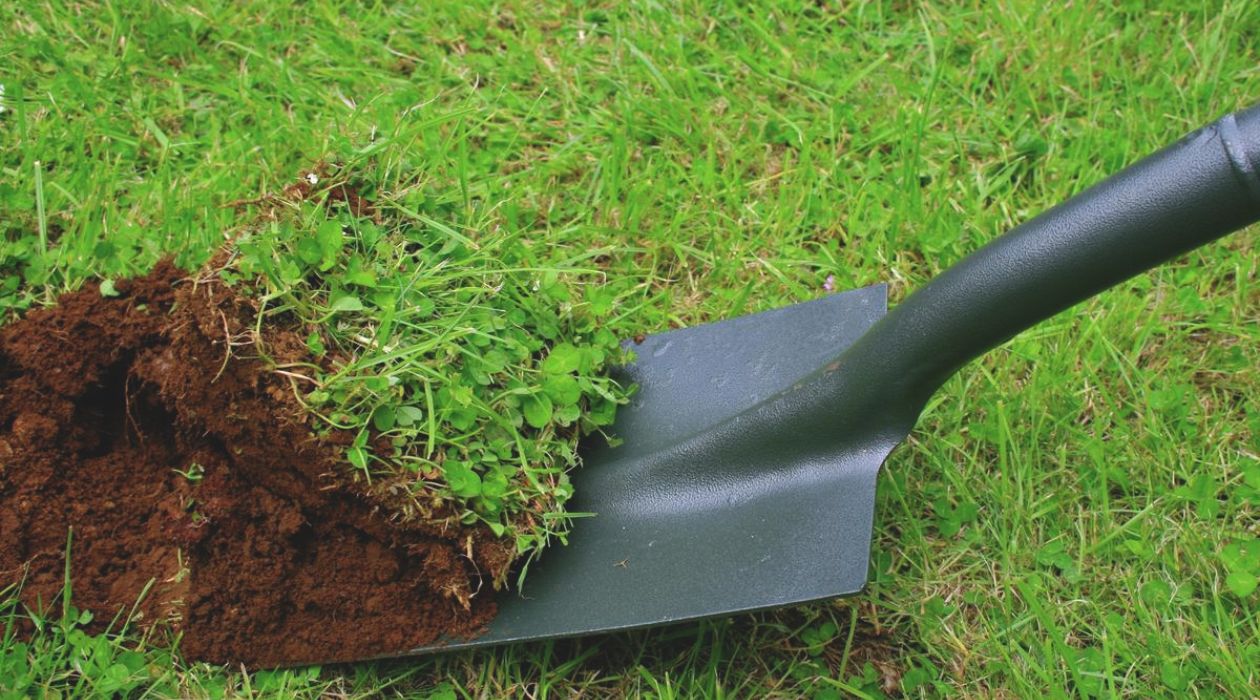
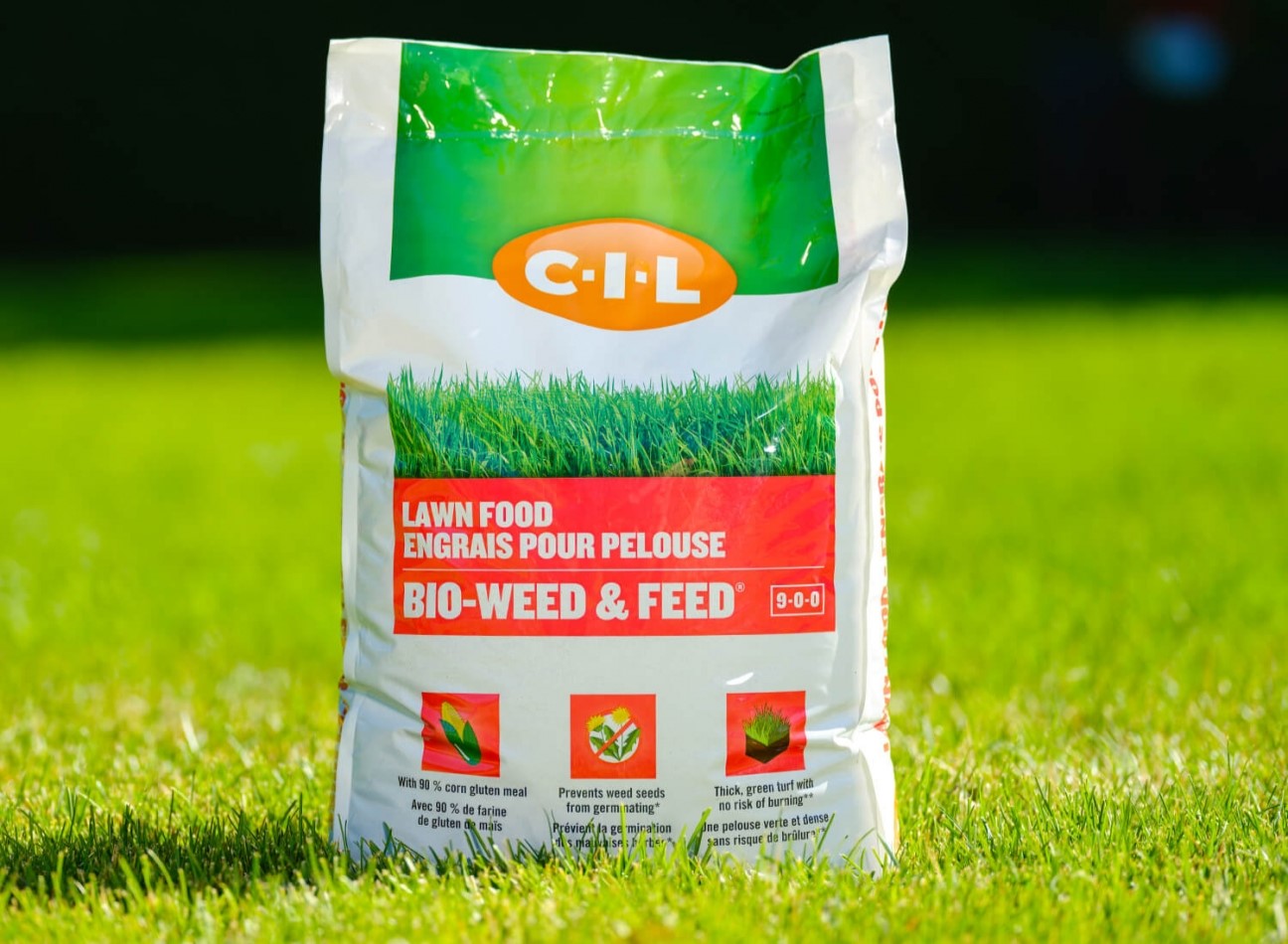
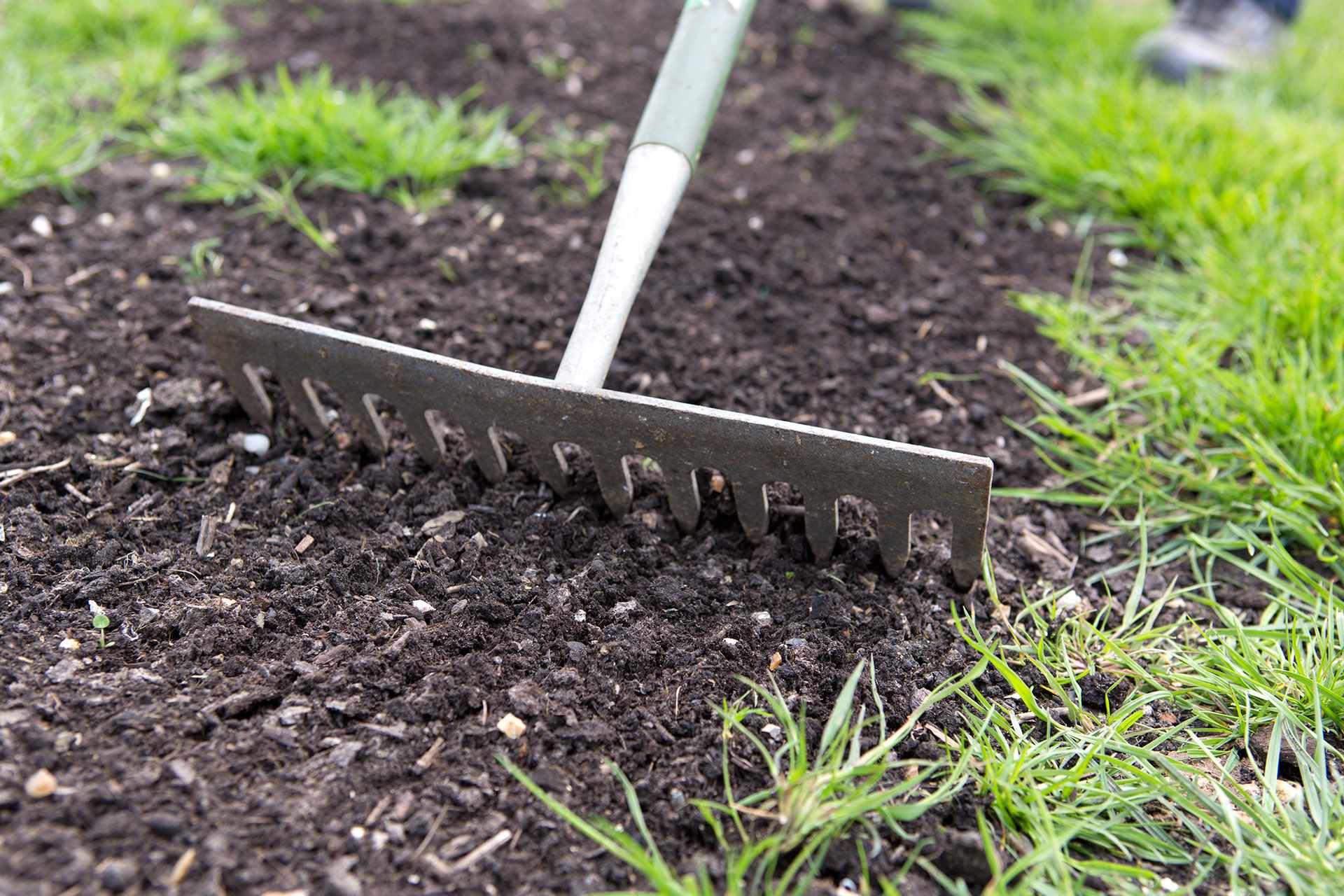
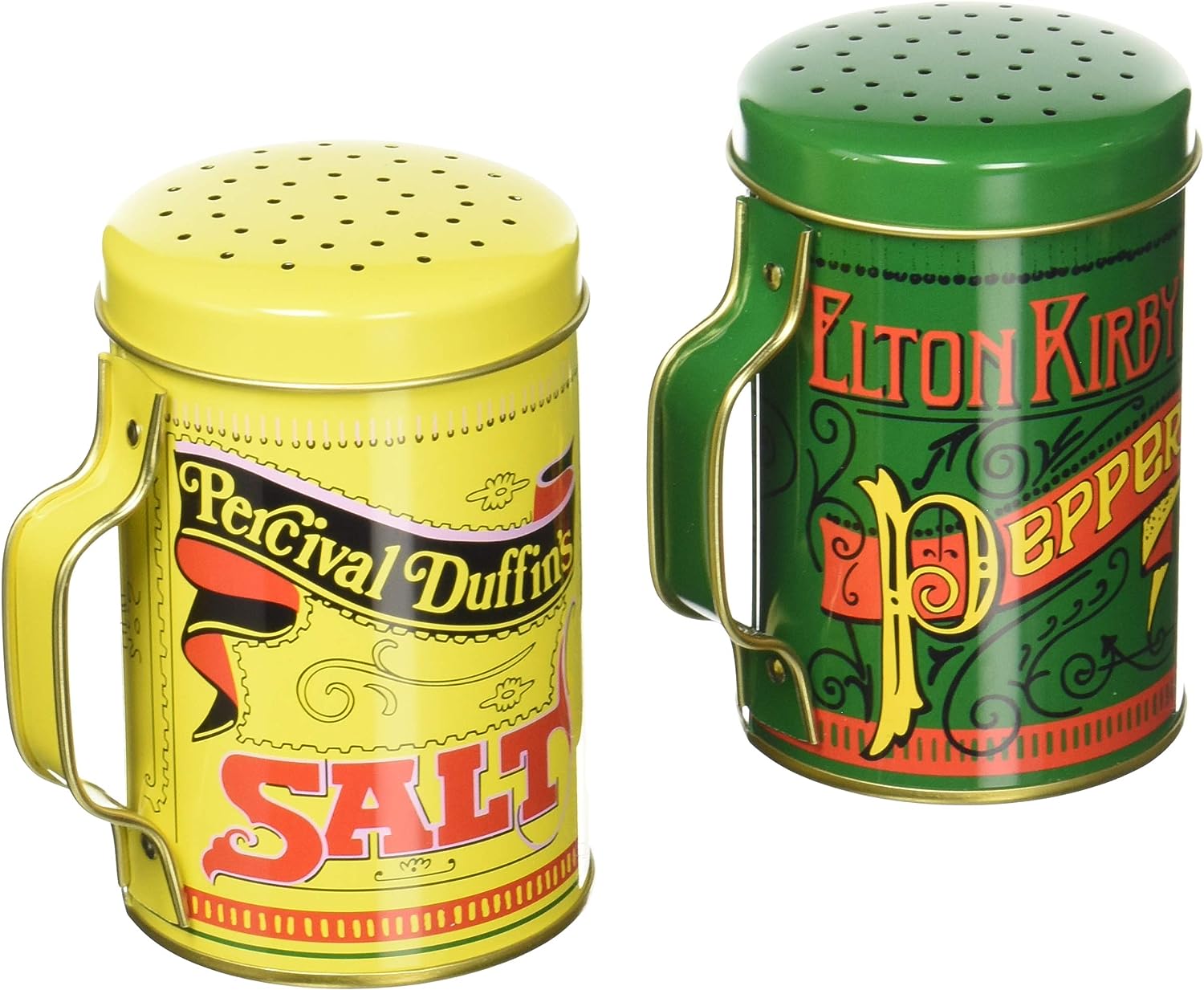
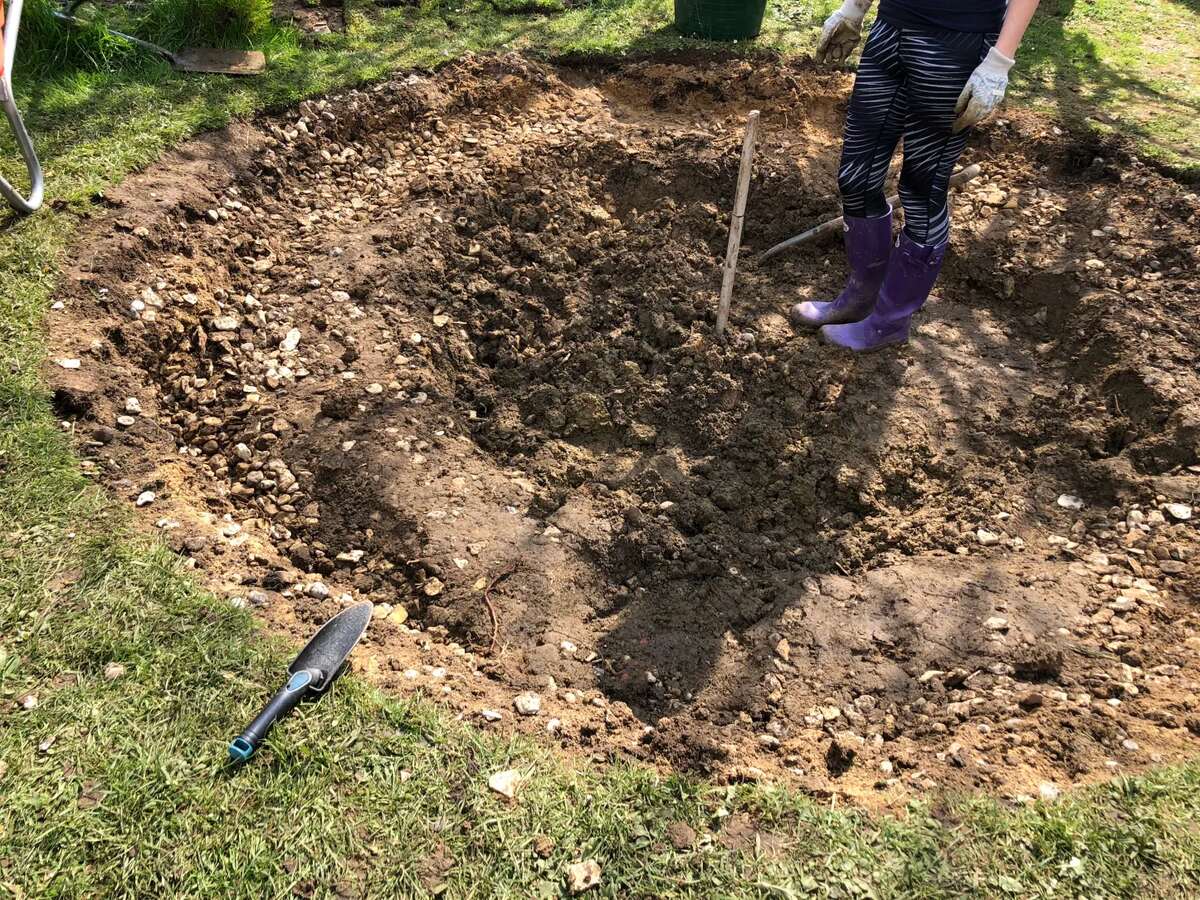

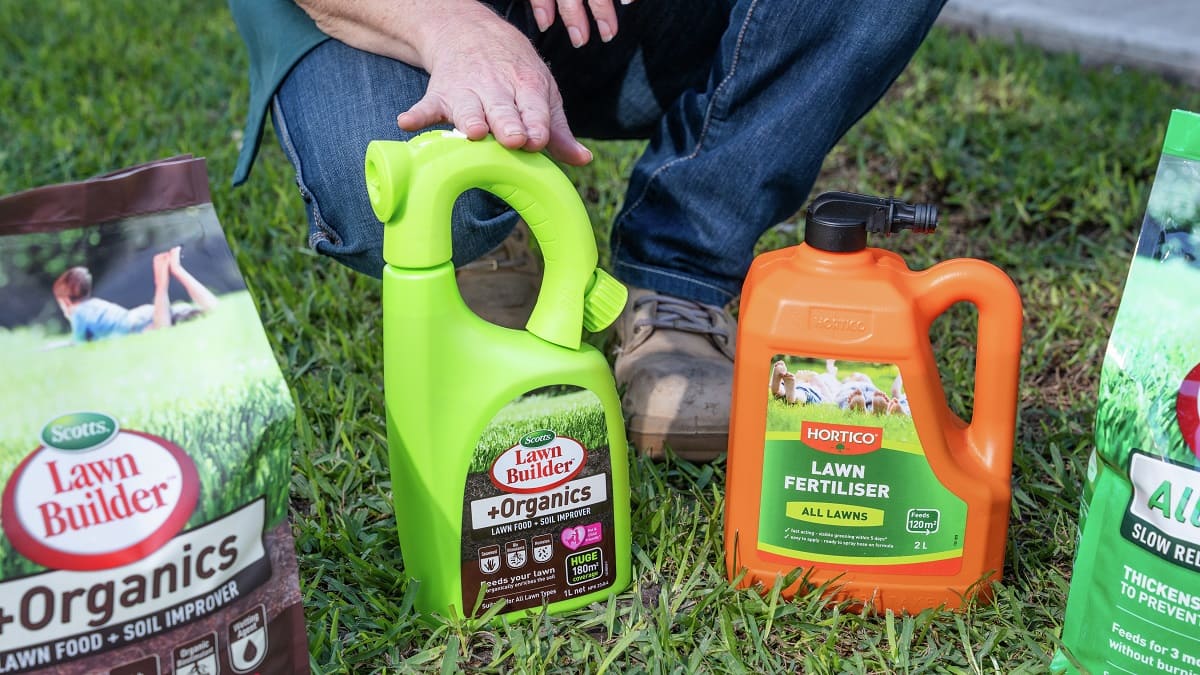
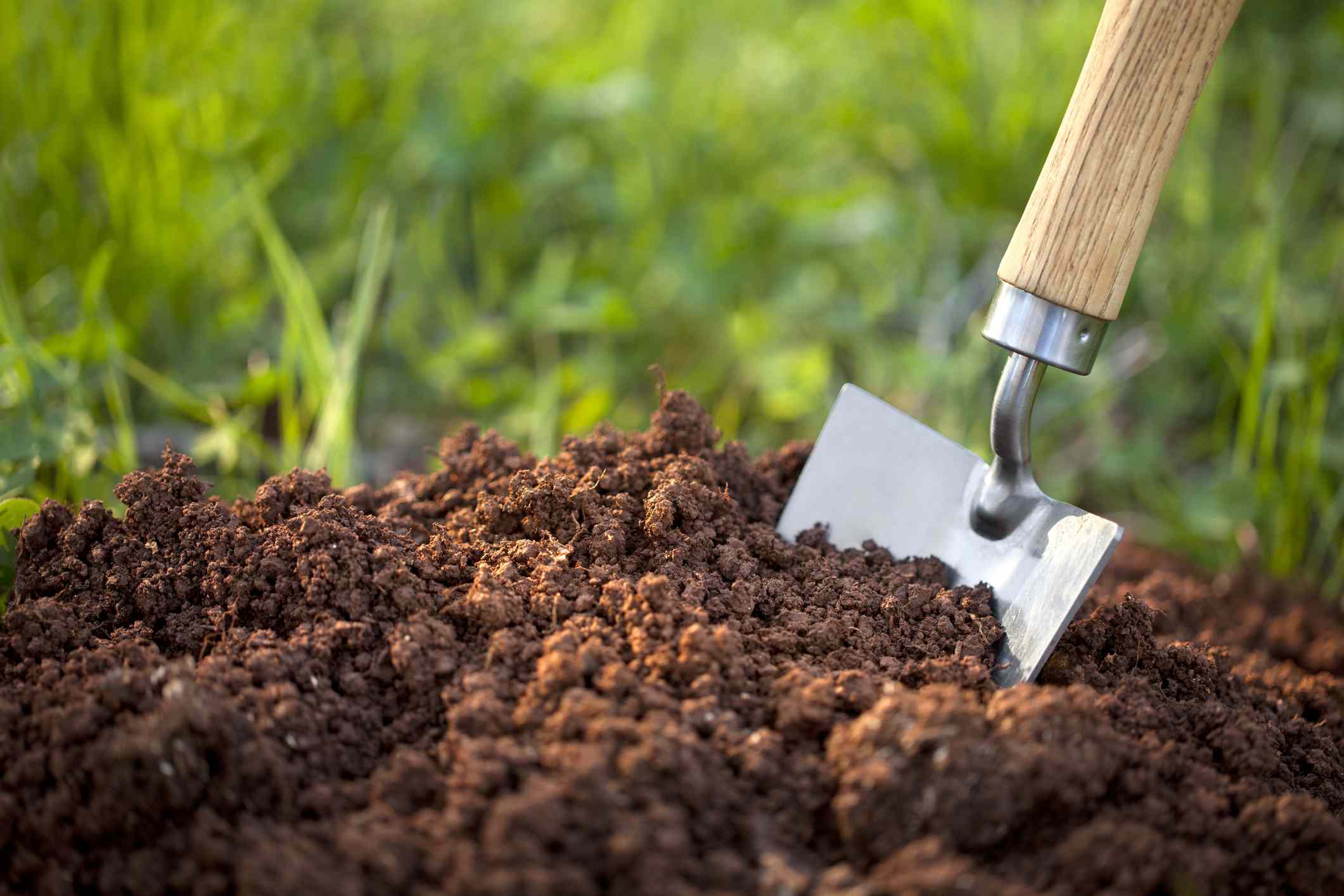
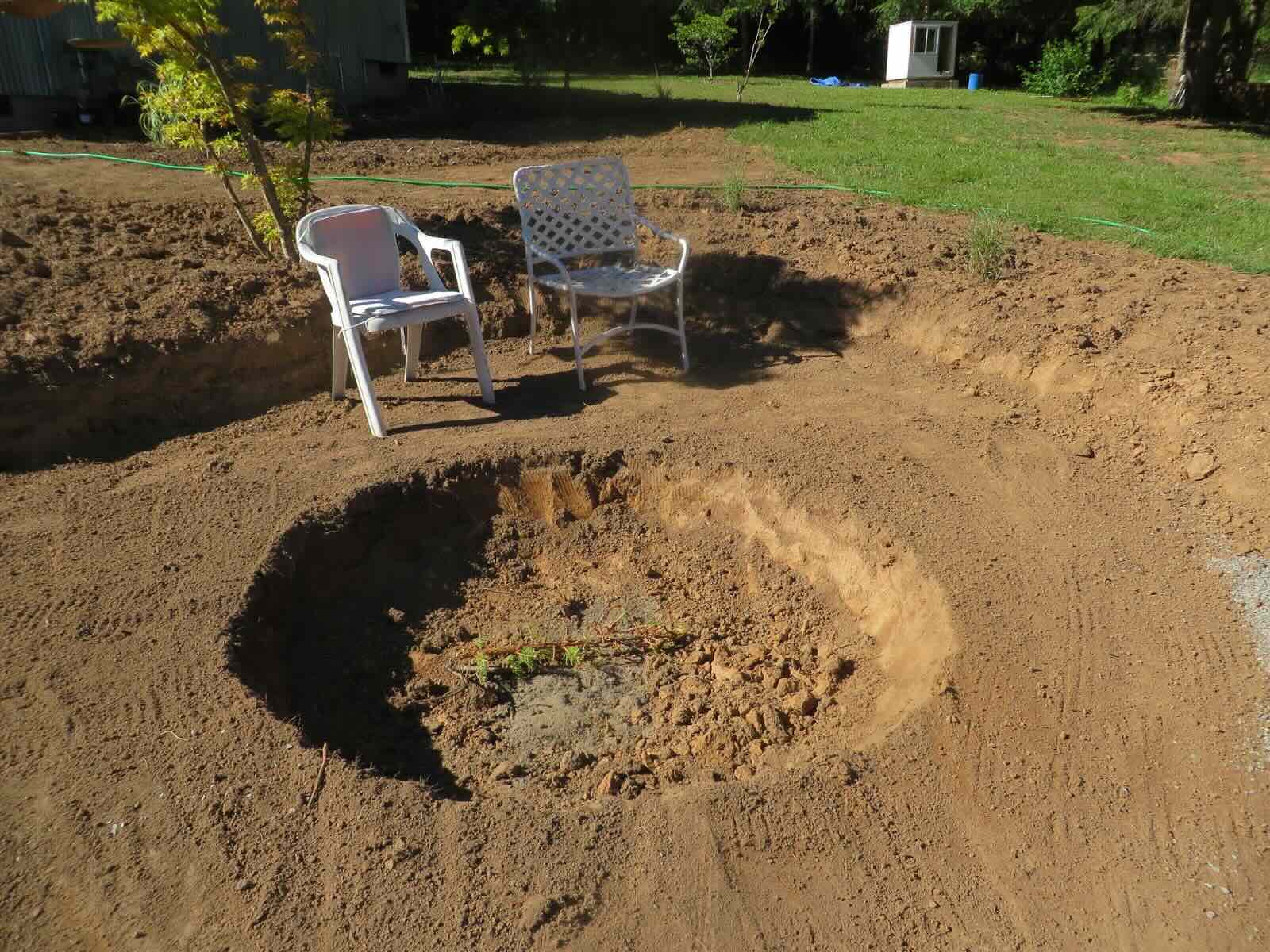
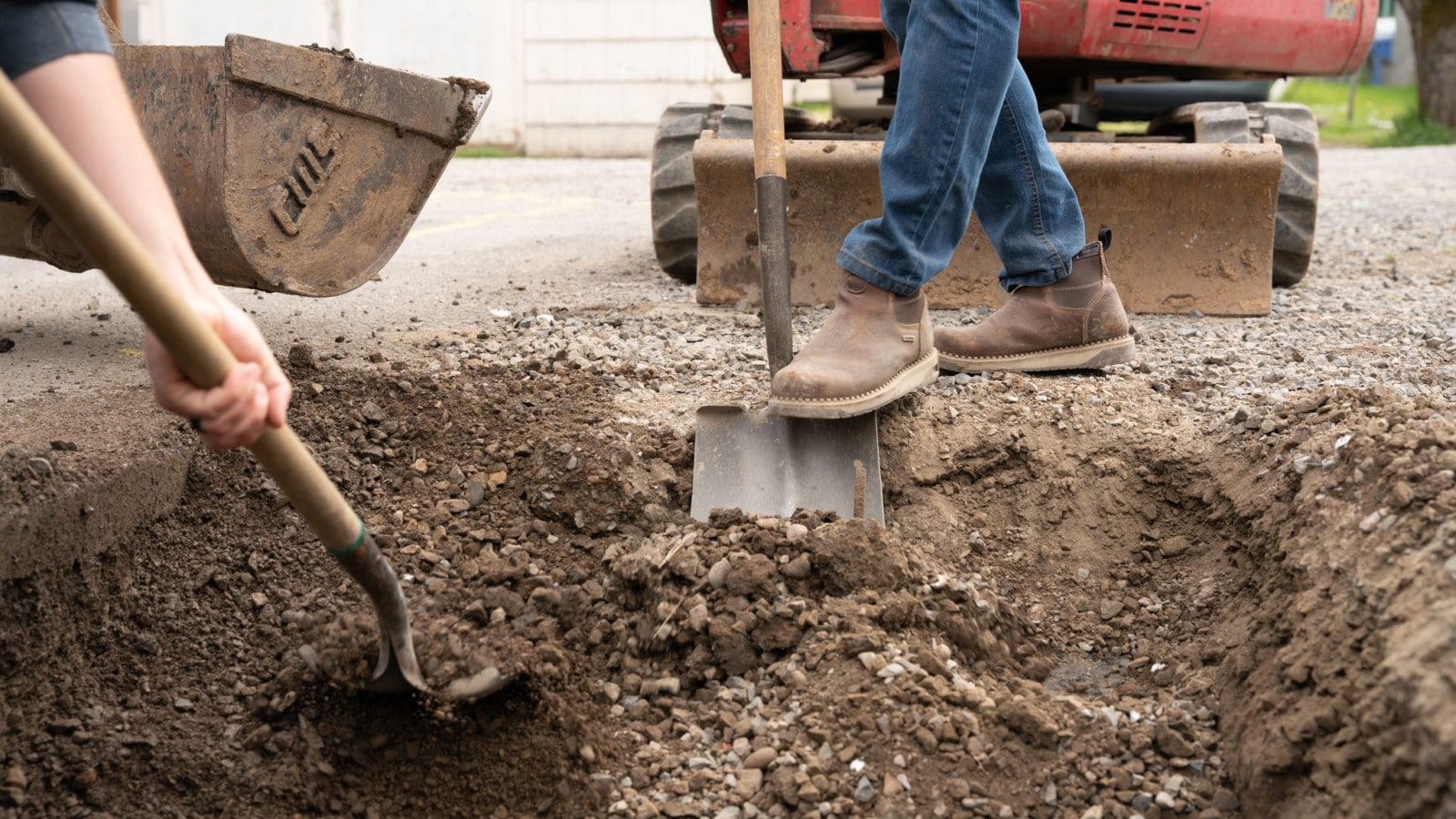
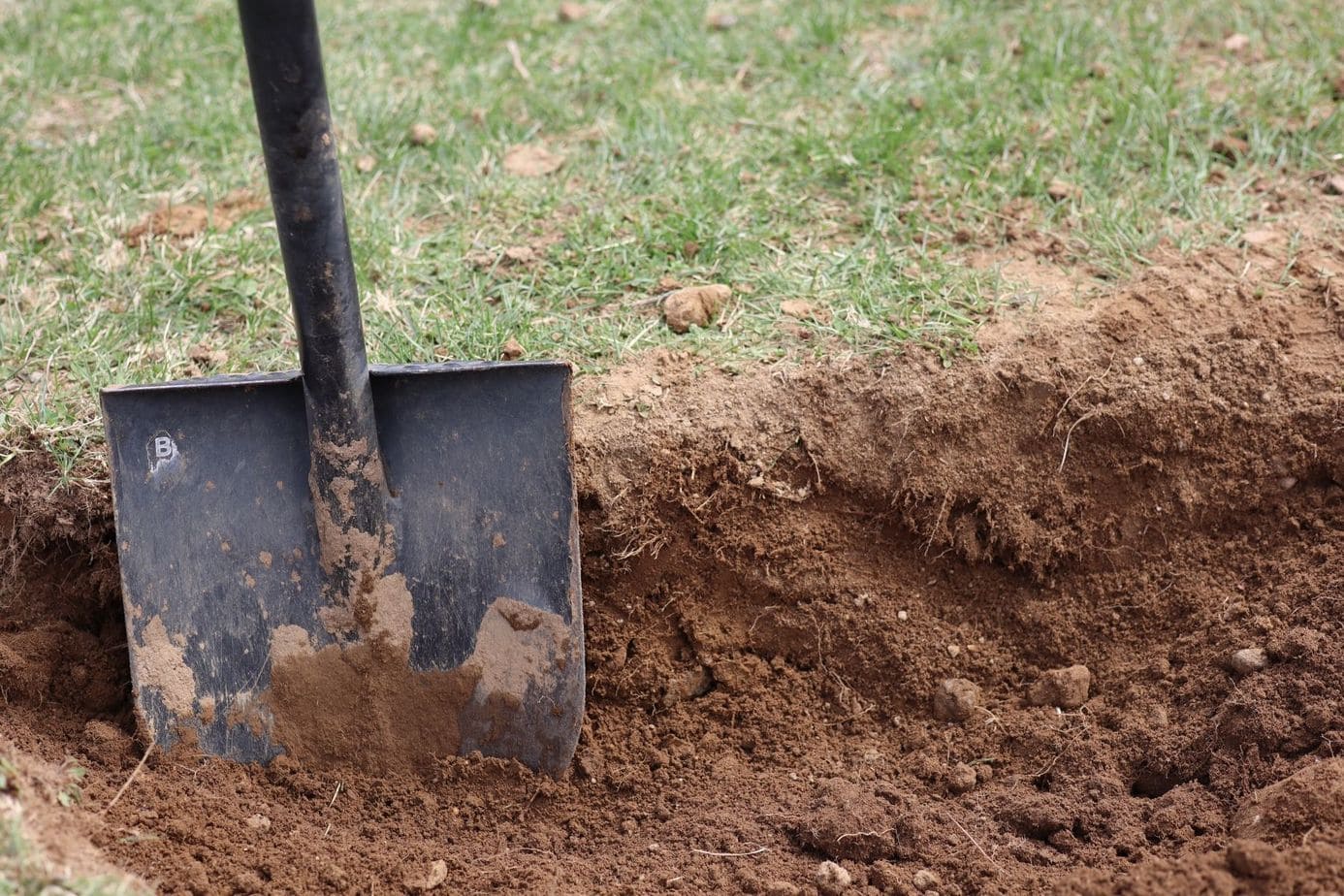

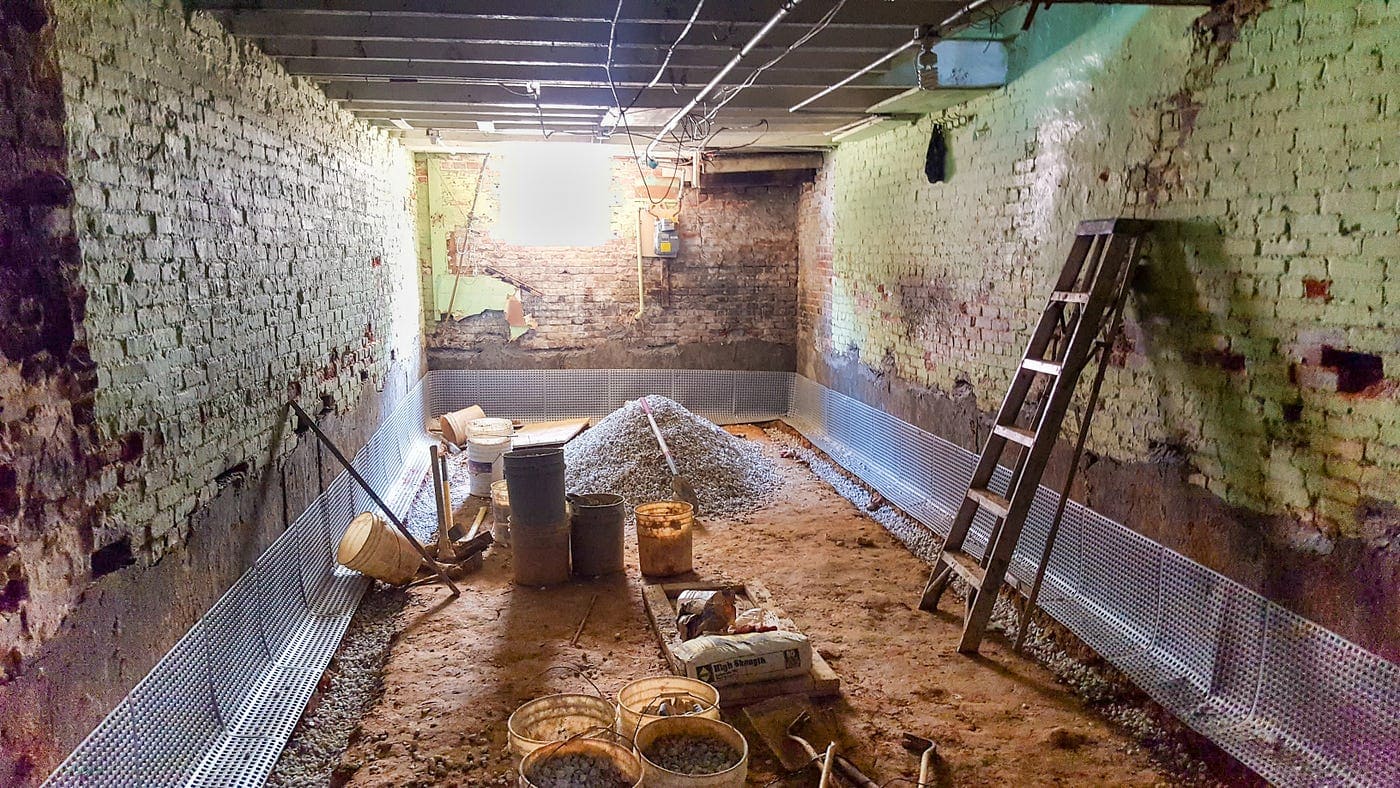

0 thoughts on “Which Animals Dig Holes In Lawns”